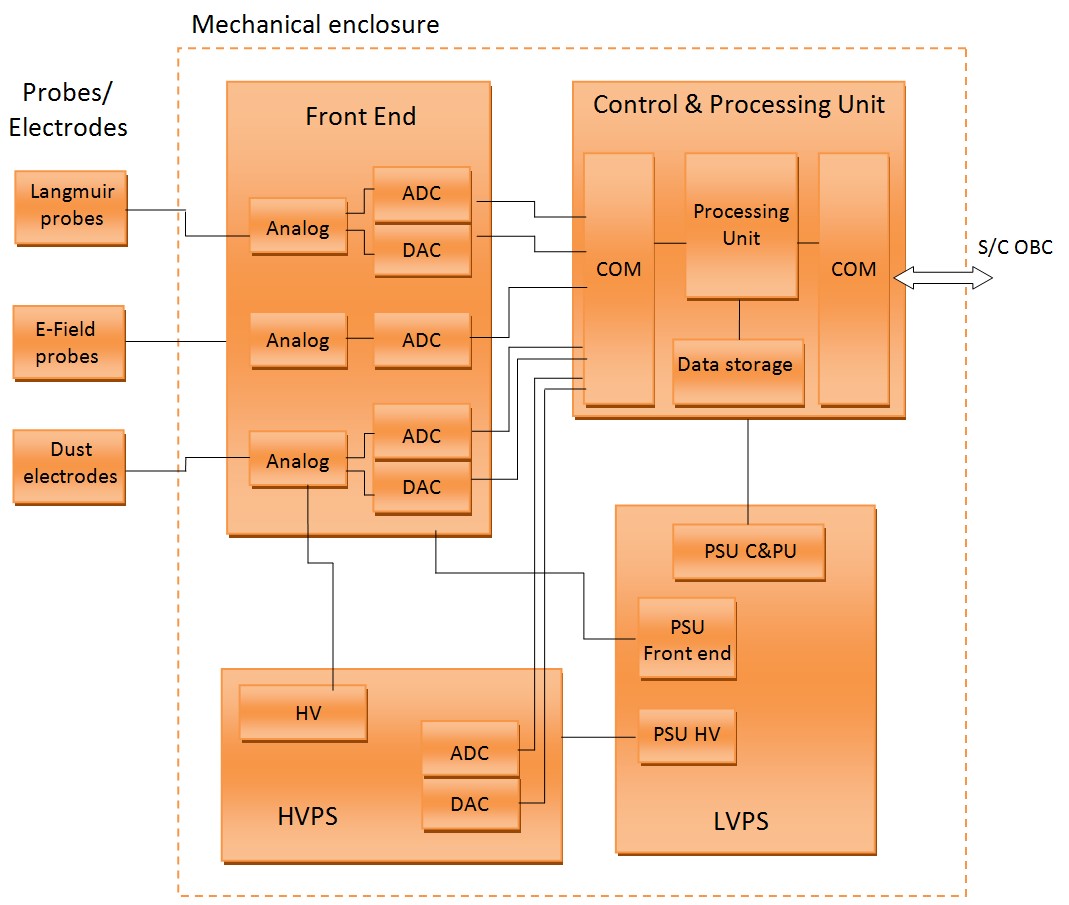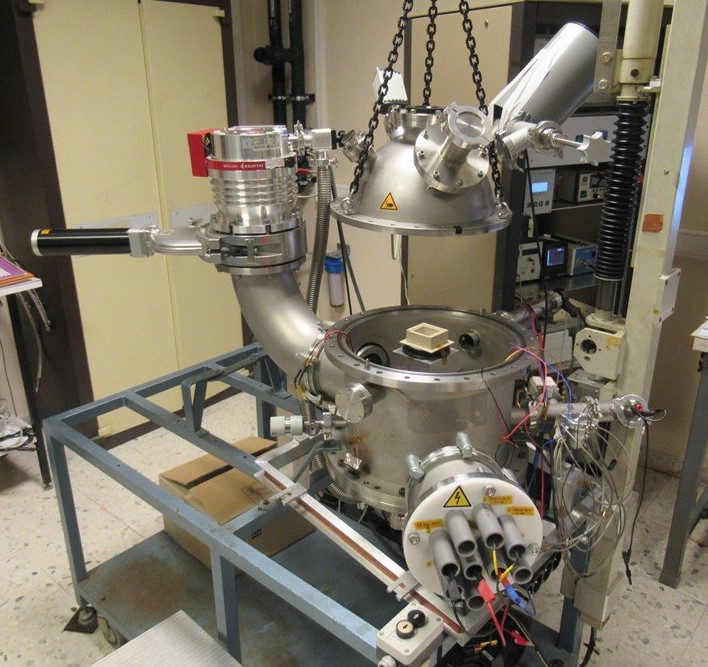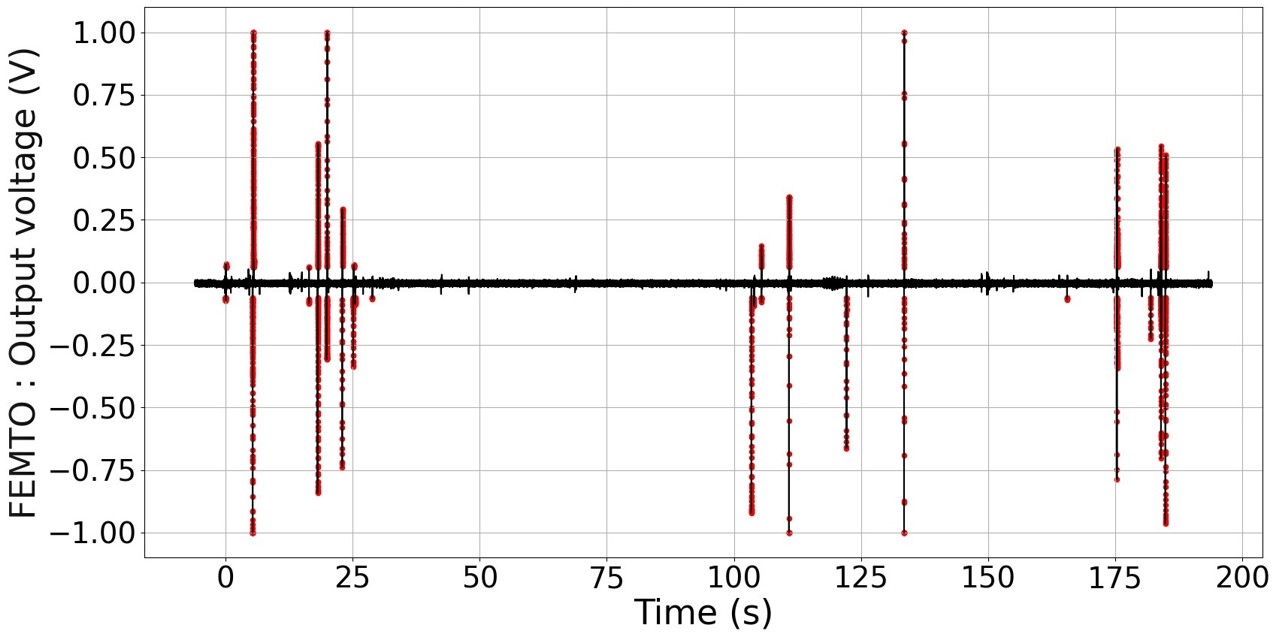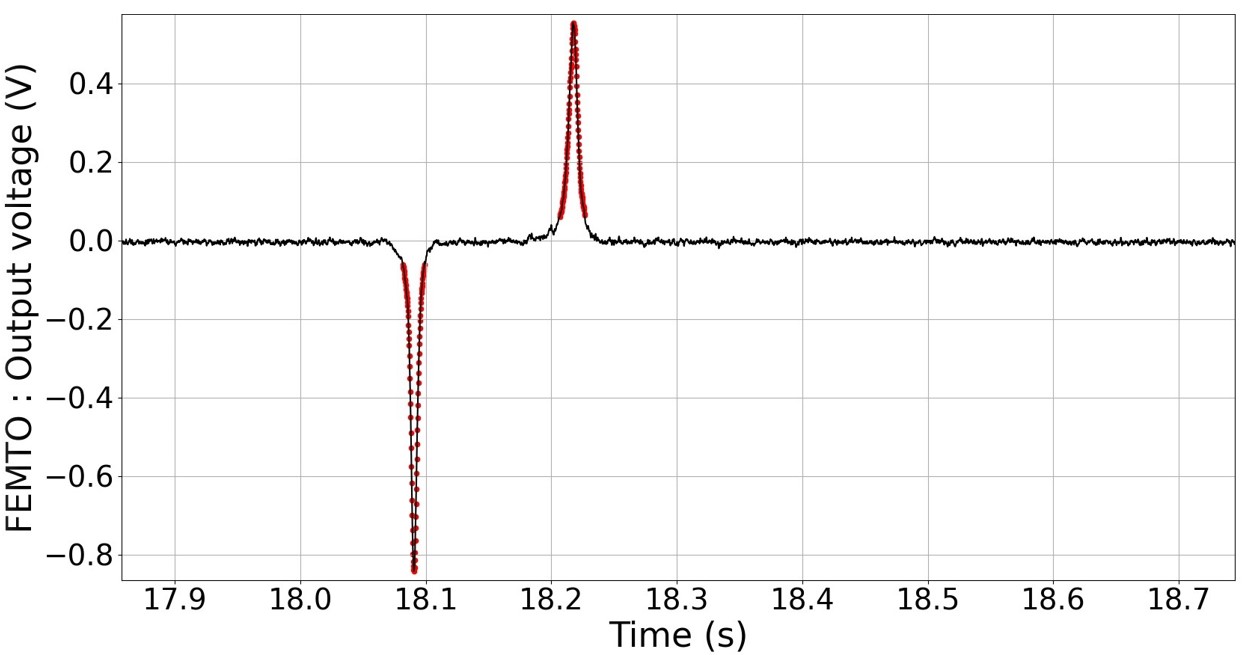DUSTER: Dust Study, Transport, and Electrostatic Removal for Exploration Missions
- 1Belgian Institute for Space Aeronomy, Space Physics, Brussels, Belgium (sylvain.ranvier@aeronomie.be)
- 2Office National d'Etudes et de Recherches Aerospatiales (ONERA), Toulouse, France
- 3Instituto Astrofísica Andalucía - Consejo Superior de Investigaciones Científicas (IAA-CSIC), Granada, Spain
- 4Thales Alenia Space España (TAS-E), Tres Cantos, Spain
1. The importance of studying lunar dust particles
International scientific and commercial interests in exploration missions to solar system bodies such as the Moon, asteroids and comets have increased significantly during the last two decades and will continue to increase in the future. One major environmental constraint during exploration missions is the presence of charged dust-like particles. They can be a threat for both human and robotic exploration missions.
The effects of lunar dust on Extra-Vehicular Activity systems can take many forms such as external vision obscuration, false instrument readings, dust coating and contamination, loss of traction, clogging of mechanisms, abrasion, thermal control problems and seal failures. One of the most serious effects is the compromising of astronaut health by irritation and inhalation of lunar dust.
Therefore, it is of utmost importance to characterise the properties of the dust particles present on the exploration sites and their transportation mechanisms to enable efficient mitigation techniques to be put in place. The main objective of DUSTER (Dust Study, Transport, and Electrostatic Removal for Exploration Missions) is to investigate in detail the charging and cohesion of the dust grain in the regolith. The project addresses key questions about the surfacing of airless bodies as observed by telescopes and scientific probes, such as the formation of dust ponds and the dust haze at the limb of the moon observed by the astronaut during the Apollo missions. It also addresses more engineering-oriented concerns regarding the adhesion of dust particles to man-made surfaces (spacecraft, instruments, spacesuits, solar panels, etc.).
The goal of DUSTER is to develop the instrumentation and technologies for in situ analysis of the electrical charging and transport of those dust particles. In addition, the project aims at developing a ground based test facility to validate the instrument in representative conditions and improve dust charging and transportation models.
2. The DUSTER instrument
Given that the surface gravity as well as the UV and soft X-ray fluxes, which are drivers for the electrical charging of the dust, can be obtained by existing measurement data or reliable modelling, those two physical quantities do not need to be measured by the instrument. The remaining parameters that are needed to quantify dust charging and electrostatic transportation are the level of charging, the ambient plasma and the current resulting from the displacement of the dust particles.
The level of charging is assessed by measuring the electric field above the dust layer with a DC E-Field probe and using the Gauss theorem. The ambient plasma parameters (electron density and temperature) are measured with a Langmuir probe. To study the dust particles displacement, a Faraday cup (FC) is placed above the dust layer. When a voltage is applied to the FC (up to several kV), this creates an E-field that applies a force on the charged particles. When the voltage is high enough, the charged particles are attracted inside the FC. By measuring the resulting current from the FC the amount of charged dust that has been moved can be quantified.
The block diagram of the multi-sensor instrument is depicted in Fig. 1. It includes three front ends with specific probes/electrodes.

Fig. 1. Block diagram of the instrument.
The instrument prototype will be entirely designed by the members of the consortium. The electronics will include a Data Processing Unit (DPU), based on a FPGA design running a Leon3 microprocessor, and a Low Voltage Power Supply (LVPS) as main power interface for the instrument, both designed and built at IAA-CSIC. The very sensitive front ends which will acquire the readings and the High Voltage Power Supply (HVPS) are designed and built at BIRA-IASB. The probes/electrodes are designed and built at ONERA and BIRA-IASB.
The application software to control the instrument, implement the science sequences, acquire the data obtained from the probes, process it and send it through the spacecraft interface is developed at IAA-CSIC. The EMC tests will be carried out by TAS-E.
3. Preliminary results obtained with a dedicated laboratory test setup
The laboratory test setup is built on the existing DROP chamber at ONERA Toulouse, France (see Fig. 2). It is a vacuum chamber that allows irradiating the dust particles with a VUV lamp, includes a Kelvin probe to infer the charging level of the dust layer and accommodates an FC that is used to attract the dust particles and measure the current resulting from the displacement of the charges.

Fig. 2. DROP chamber at ONERA Toulouse, France.
An example of the measured signal from the FC when biased at 3 kV is depicted in Fig. 3. It shows that several charged dust grains (or aggregates of grains) are mobilised.

Fig. 3. Output voltage of the transimpedance amplifier as a function of the polarization time of the detector. The background noise is depicted in dark and the dust grain detection is highlighted in red. The detector is polarized at +3 kV after 5 minutes of VUV irradiation.

Fig. 4. Zoom in of the peaks at 18 seconds in Fig. 3. It shows a clear pair of two consecutive peaks of opposite polarity, indicating that the dust grain entered into the FC and then fell back onto the sample holder.
This project is funded by the European Union’s HORIZON Research and Innovation programme under grant agreement No 101082466. Views and opinions expressed are however those of the author(s) only and do not necessarily reflect those of the European Union or the granting authority. Neither the European Union nor the granting authority can be held responsible for them.
How to cite: Ranvier, S., Lefever, K., Matéo Vélez, J.-C., Candini, G. P., Anciaux, M., Pacaud, R., Pastor Morales, C., Sanz Mesa, R., Berkenbosch, S., Hess, S., Gómez Lopez, J. M., Sanchez Carrasco, M. A., Lobón Villanueva, F., Muñoz, O., Rodriguez Gomez, J., del Estal Fernández, V., and De Keyser, J.: DUSTER: Dust Study, Transport, and Electrostatic Removal for Exploration Missions, Europlanet Science Congress 2024, Berlin, Germany, 8–13 Sep 2024, EPSC2024-923, https://doi.org/10.5194/epsc2024-923, 2024.